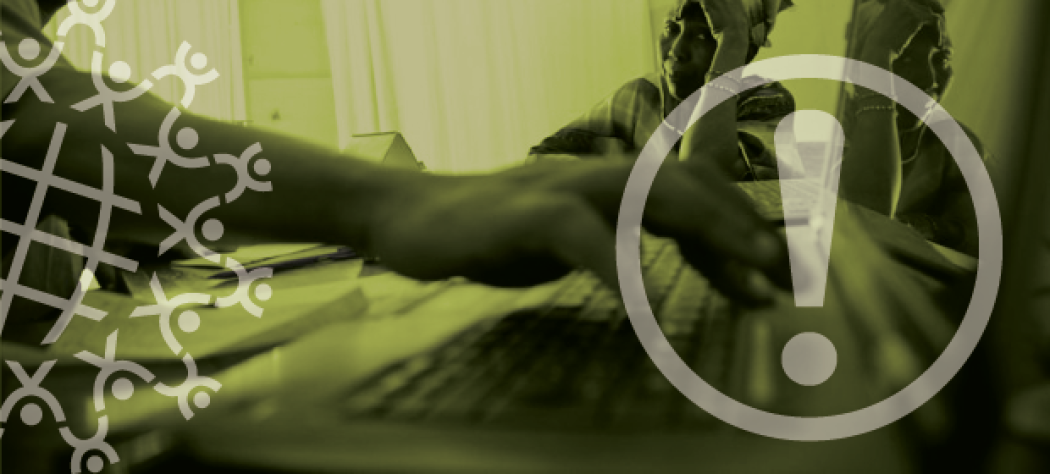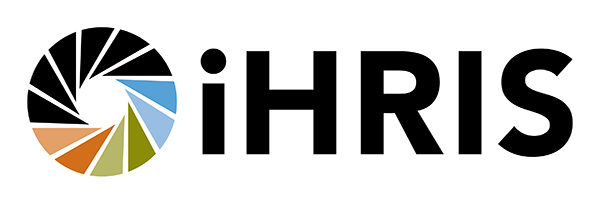Why Technology Isn’t Always the Answer in Global Health

After attending Switchpoint 2018 and hearing about people who are using drones to deliver medications for snake bites to remote areas of the Amazon, cellphones to diagnose eye diseases, and paper microscopes to detect bacteria in water, I was pumped. I was excited by the opportunities to use digital tools for health.
As I started my fellowship at IntraHealth International, I was excited to implement digital health tools, eager to find a solution to the high and growing prevalence of hypertension in sub-Saharan Africa. There are many drivers of hypertension, including lack of physical activity, poor diet, and tobacco and alcohol use. Perhaps one of these could be a target for an intervention.
We had this idea…
Could activity trackers be an answer?
Everyone around me uses them—friends, brothers, supervisors, gym mates, even me. There is a sizeable body of literature on using activity trackers to increase a person’s overall steps and lead to positive health outcomes, such as a decrease in blood pressure and weight loss. So we thought this might be a solution to the high prevalence of hypertension in Africa. And we were thrilled to implement the activity tracker trend that has taken over the US.
I started researching. Could activity trackers be a solution?
We believed that if we could give everyone in our study activity trackers and education, most of them would start exercising and become healthier.
But when I started to pull together findings from my research, we learned we needed to consider the following elements. First, behavior change and habit creation are difficult to implement, especially around physical activity. Second, it would be difficult to replicate this intervention outside of the study because of the cost of trackers and the need to maintain motivation and intensity. Lastly and most importantly, poor diet, especially excessive salt intake, is a major contributing factor to high blood pressure in many Africans.
Through further research, we found that diet can have greater effect on weight loss and blood pressure than physical activity. Some studies suggest that diet contributes 75-90% of a person’s success in weight loss, which, in turn, can reduce blood pressure by as much as 10 mmHg. A poor diet can offset the benefits of physical activity. Investigators have found that a person who maintains a healthy body weight into middle age is 41% less likely to experience elevated blood pressure.
A lifestyle that includes a proper diet with low salt intake, no smoking, and minimal alcohol consumption—combined with physical activity—greatly minimizes a person’s chance of developing hypertension.
At this point, we realized our focus on physical activity only wouldn’t work. Instead, we needed a holistic approach.
Oh look, it’s not going to work. What do I do now?
We were excited by the flashiness of digital technology. And we forgot the main purpose of our intervention, which was to find a solution that would be practical and high-impact.
We realized we need a plan that centers on behavior change to create positive lifestyle in both diet and physical activity. We need to tackle the high prevalence of hypertension in a holistic manner and from many levels. The synergy of multiple, different interventions will increase the likelihood of success and a sustainable outcome.
Doing right is better than doing technology.
Now we are focusing on how to create and promote positive behaviors and on what environmental changes could ensure success.
Clients in our newly redesigned intervention will be working with trained health practitioners to encourage self-efficacy, or the belief in attaining a goal or goals on a regular basis. Clients will partake in an exercise program and a DASH-style (Dietary Approaches to Stop Hypertension), low-salt diet to avoid offsetting the benefits of their exercise. They’ll also learn more about how to create habits, what hypertension is, how to live a healthier life, and how the food industry influences their food choices. And yes, they'll also use digital tools to track and help increase their physical exercise.
Lastly, the clients will have support from their peers, community leaders, and trained health workers.
We expect this holistic strategy to create healthier habits and, in turn, foster improved health and fewer cases of hypertension.
